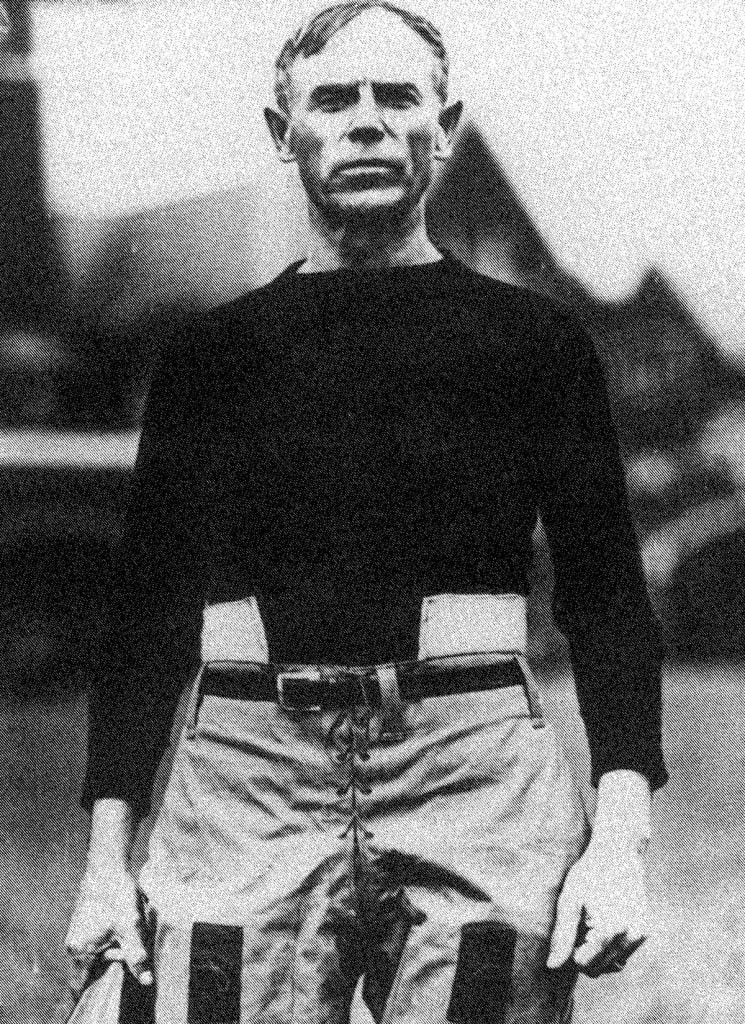

Heisman Milestones
1930s

1935: A Trophy is Born
Members of New York’s Downtown Athletic Club (DAC) appoint a Club Trophy Committee charged with conducting the presentation of the first award at the conclusion of the 1935 football season in the Club’s headquarters, located at the southern end of Manhattan.
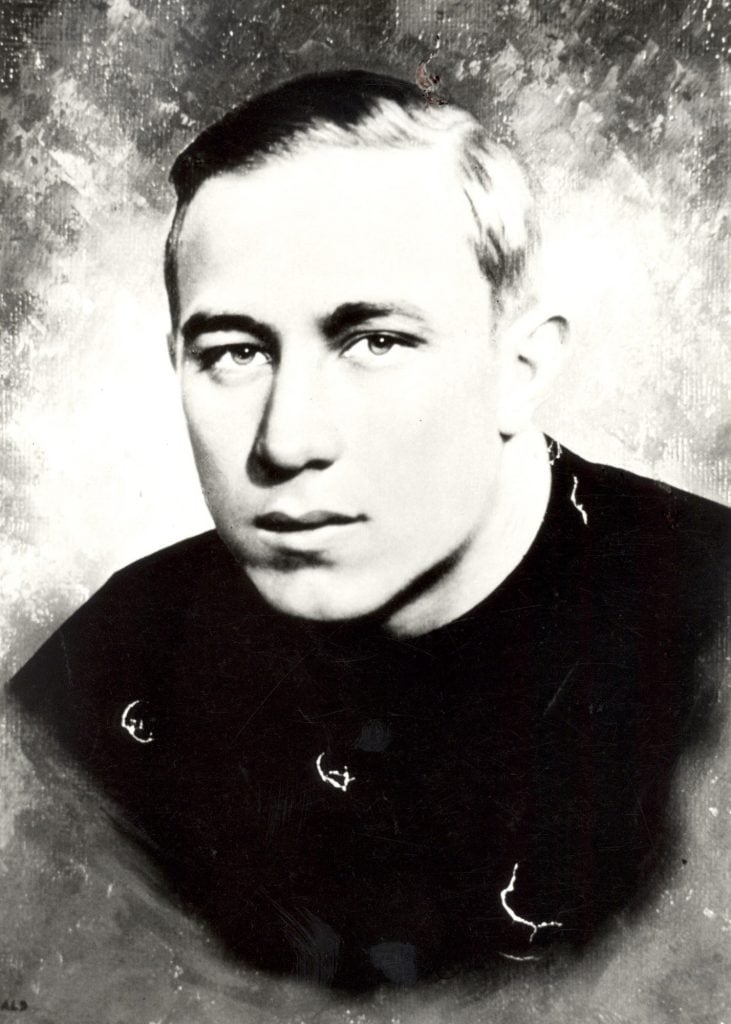
December, 1935: Berwanger makes history
The first award—initially named the DAC Trophy—is presented on December 9, 1935, to Jay Berwanger, a triple threat cyclone and legendary “one-man-gang” in the University of Chicago’s backfield.
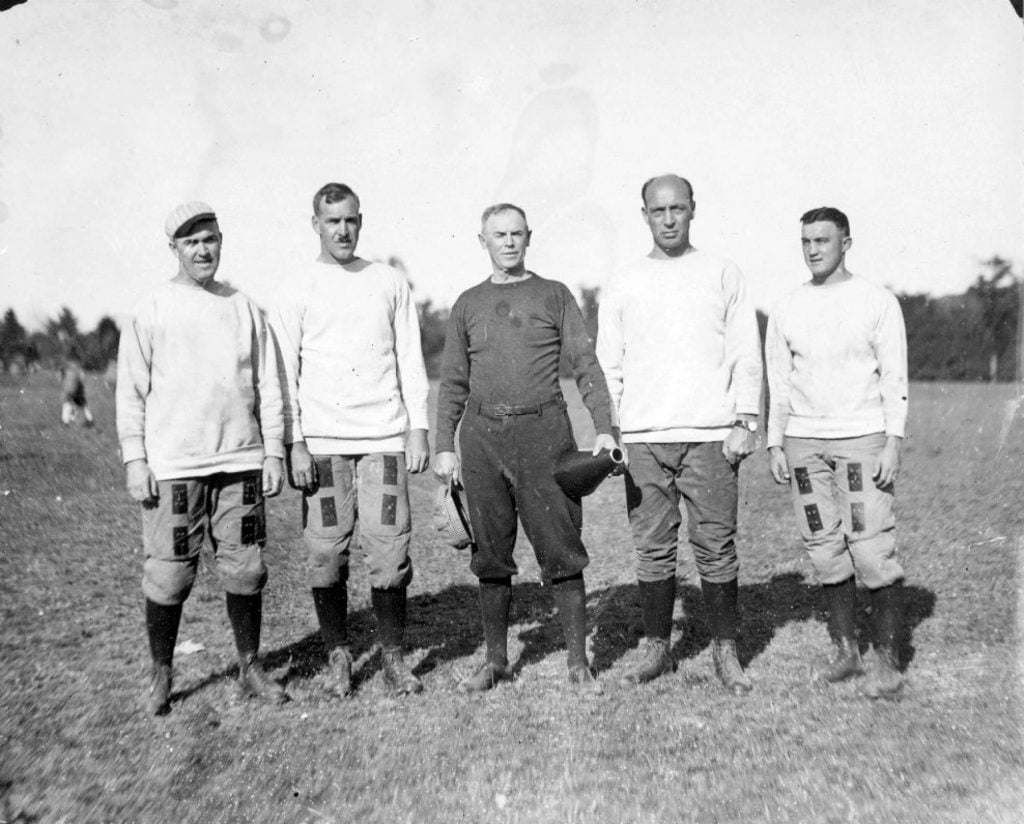
1936: The trophy gets a new name
The award is renamed the Heisman Memorial Trophy following the death on Oct. 3, 1936 of legendary football coach and DAC athletic director John W. Heisman.
1940s
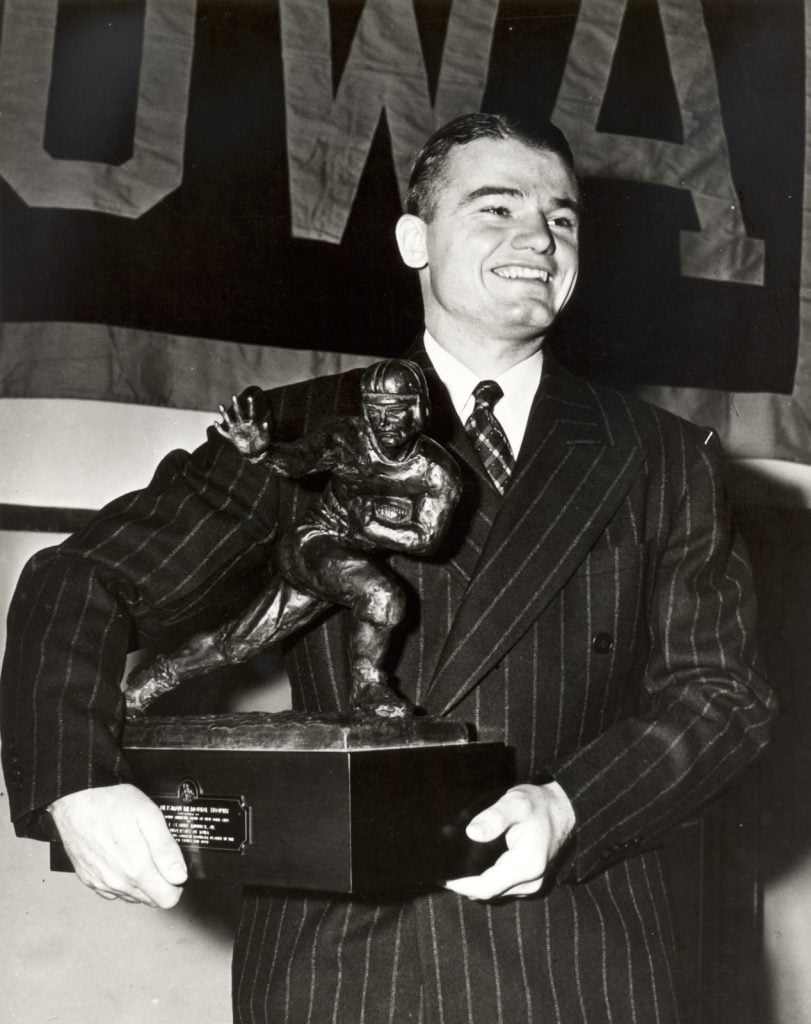
1943: Nile Kinnick dies
Iowa’s 1939 winner becomes the first Heisman recipient to pass away when his military plane crashes off the coast of South America.
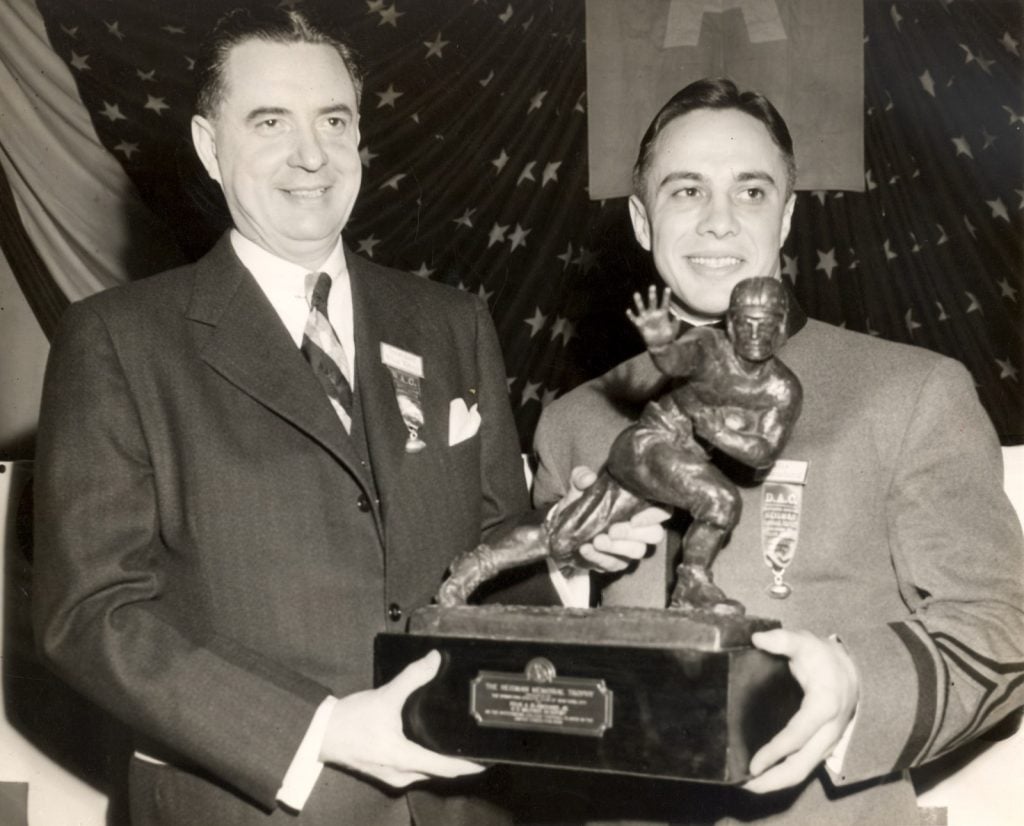
1945: Junior mint
Army fullback Felix “Doc” Blanchard becomes the first junior to win the Heisman.
1950s
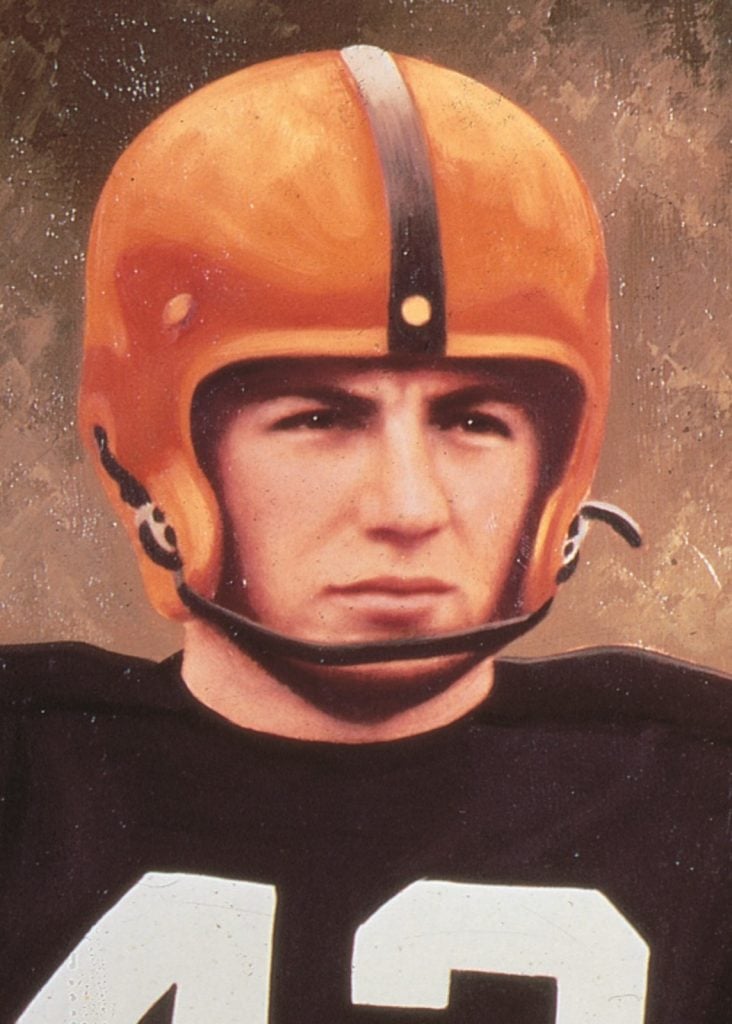
1951: Ivy's last gasp
Princeton dynamic running back Dick Kazmaier becomes the third, and most recent, Ivy League player to win the Heisman.
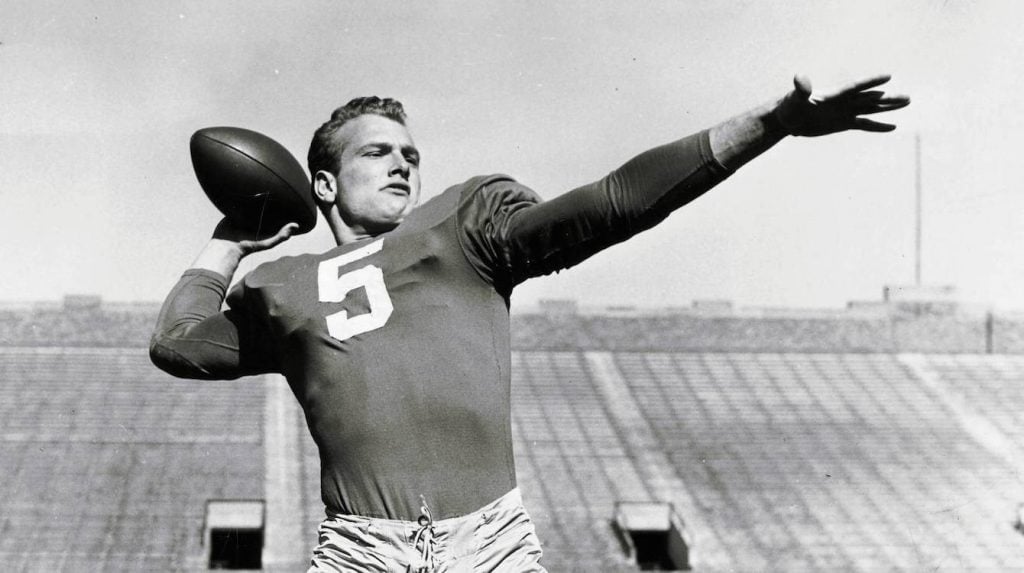
1956: The Golden Boy
Notre Dame’s Paul Hornung becomes the only player to win the Heisman for a losing team. The Irish finish 2-8.
1960s

1961: Ernie Davis breaks barriers
The Syracuse running back becomes the first African-American to win the Heisman. Sadly, he dies of leukemia in 1963.
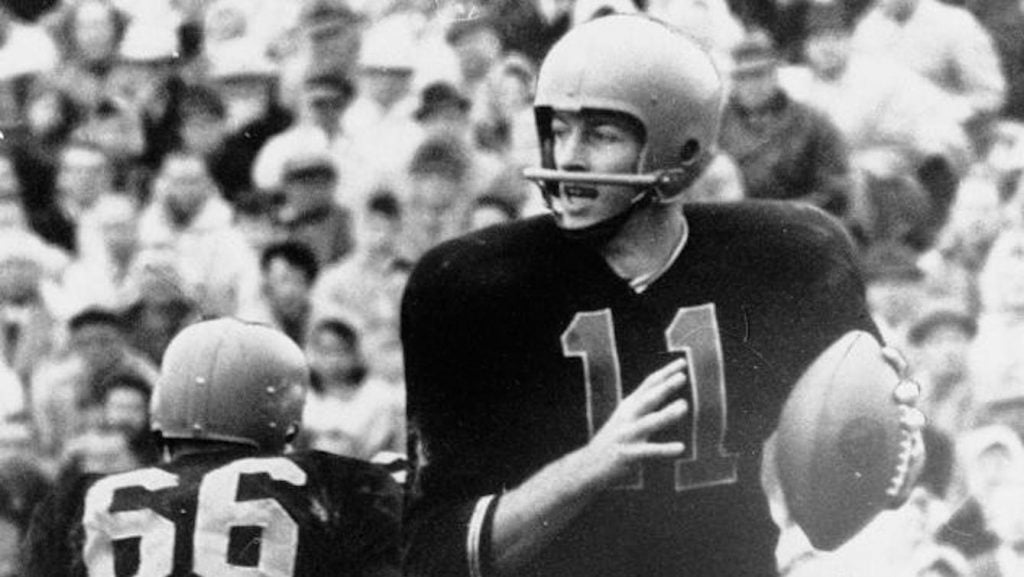
1962: Score one for the West Coast
Oregon State quarterback Terry Baker wins the first Heisman from the West Coast. He also plays in the 1963 NCAA basketball Final Four, the only Heisman winner to do so.
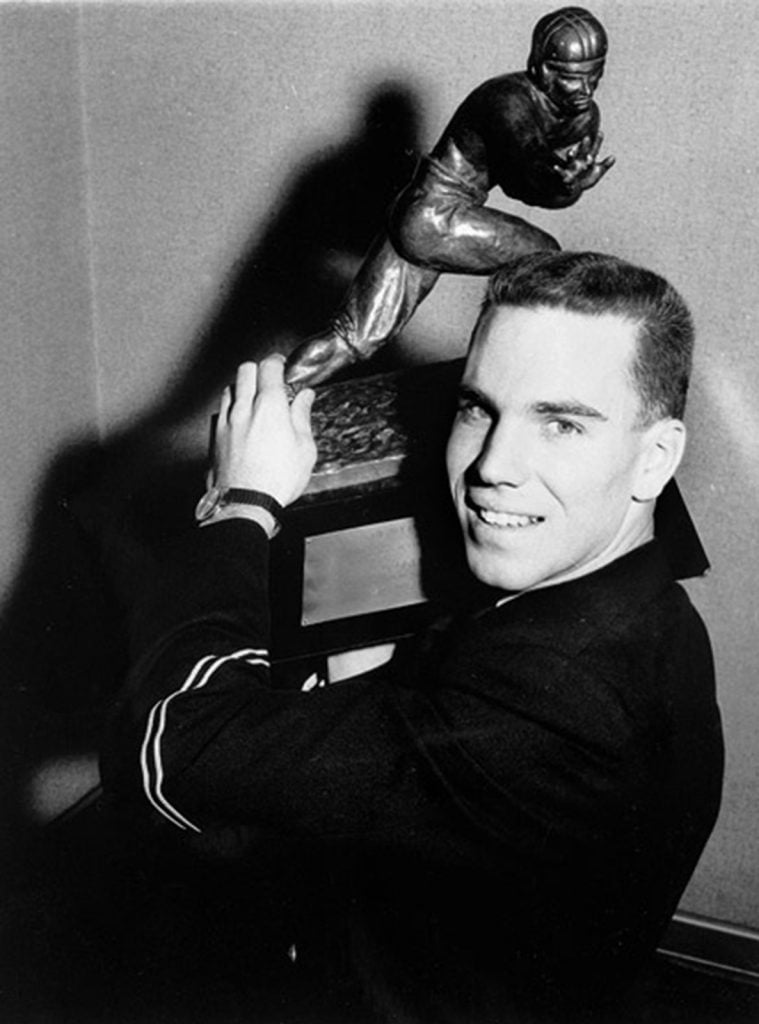
1963: The most recent Service Academy Heisman winner
Service Academy schools won five Heismans in the first 25 years of the trophy’s history, but quarterback Roger Staubach of Navy is the last to do so.
1970s
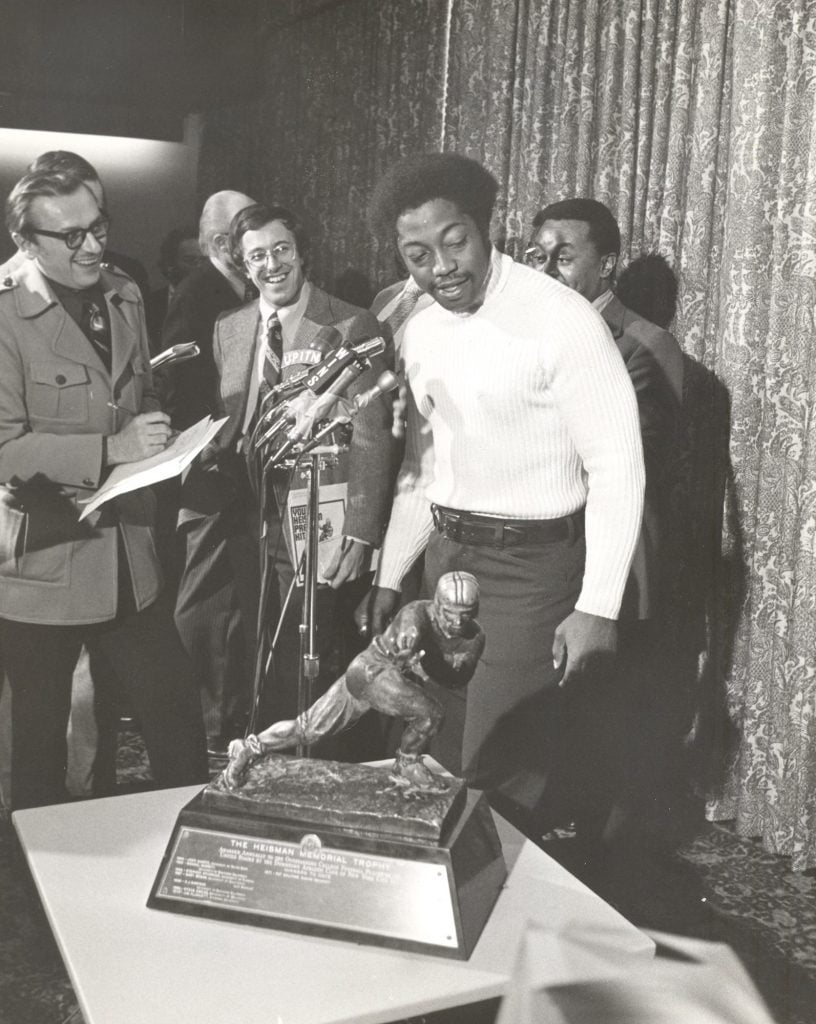
1972: Johnny Rodgers becomes first WR to win the Heisman
Johnny “The Jet” Rodgers electrifies college football on his way to winning Nebraska’s first Heisman.
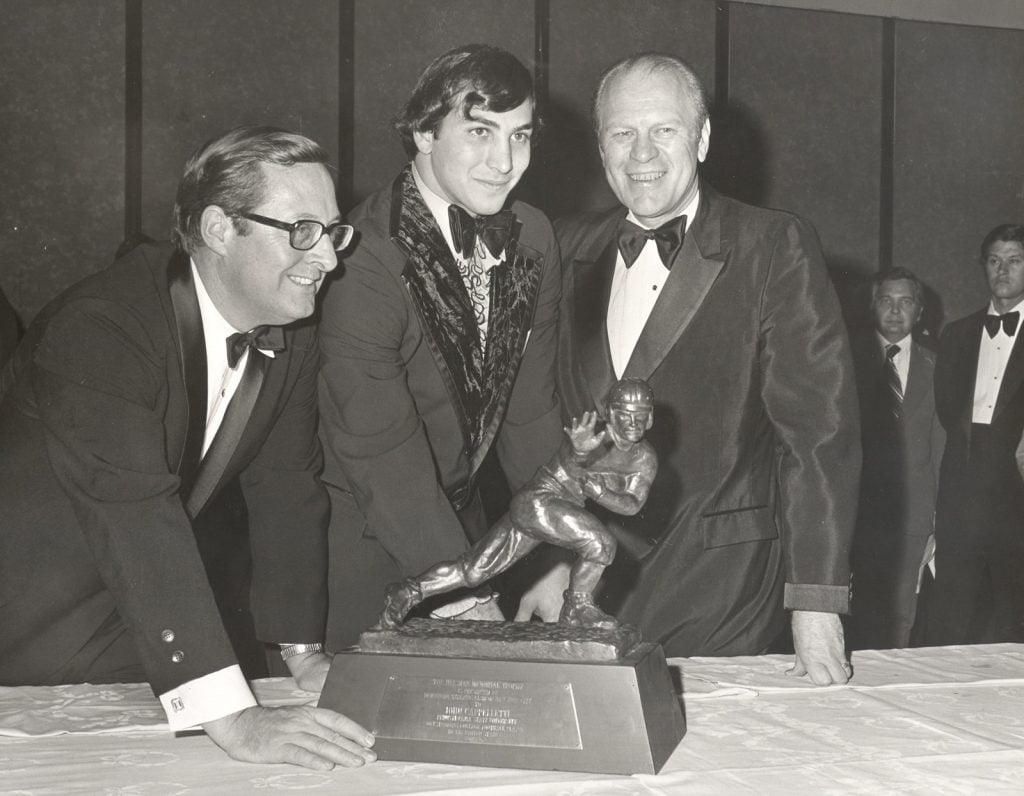
1973: The Heisman dinner changes location
Previously held at the Downtown Athletic Club, the growing popularity of the Heisman dinner forces a move to the Grand Ballroom at the New York Hilton. It would stay there until 1986.

1975: Two-time Archie
Ohio State’s Archie Griffin becomes the only two-time winner of the Heisman, winning the trophy in 1974 and 1975.
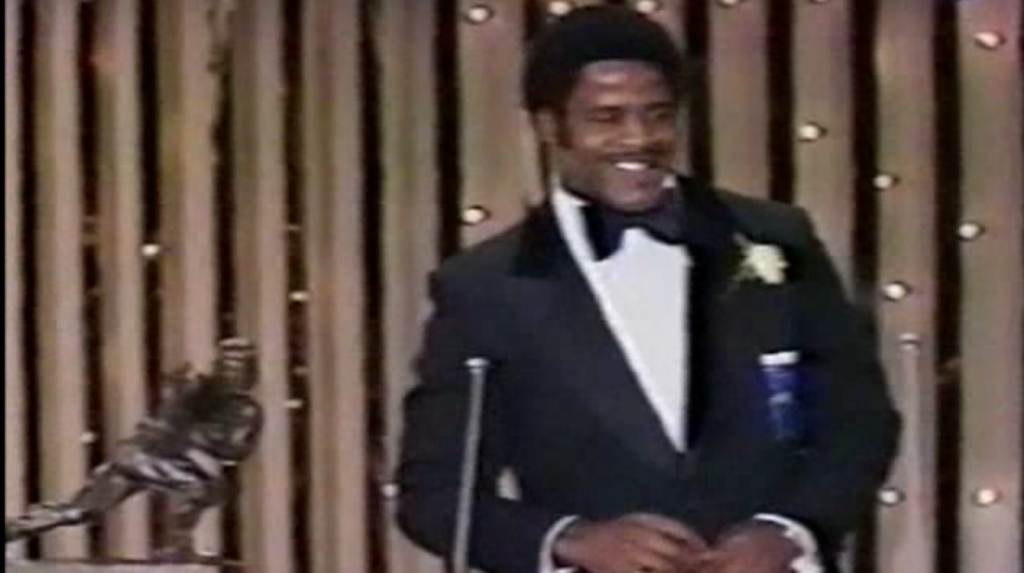
1977: The Heisman makes its TV debut
The President of the DAC and the Heisman Committee decide to present the award as part of an hour-long, prime-time television spectacular. The victor is announced at the dinner along with six other outstanding players meriting other special DAC Awards.
1980s
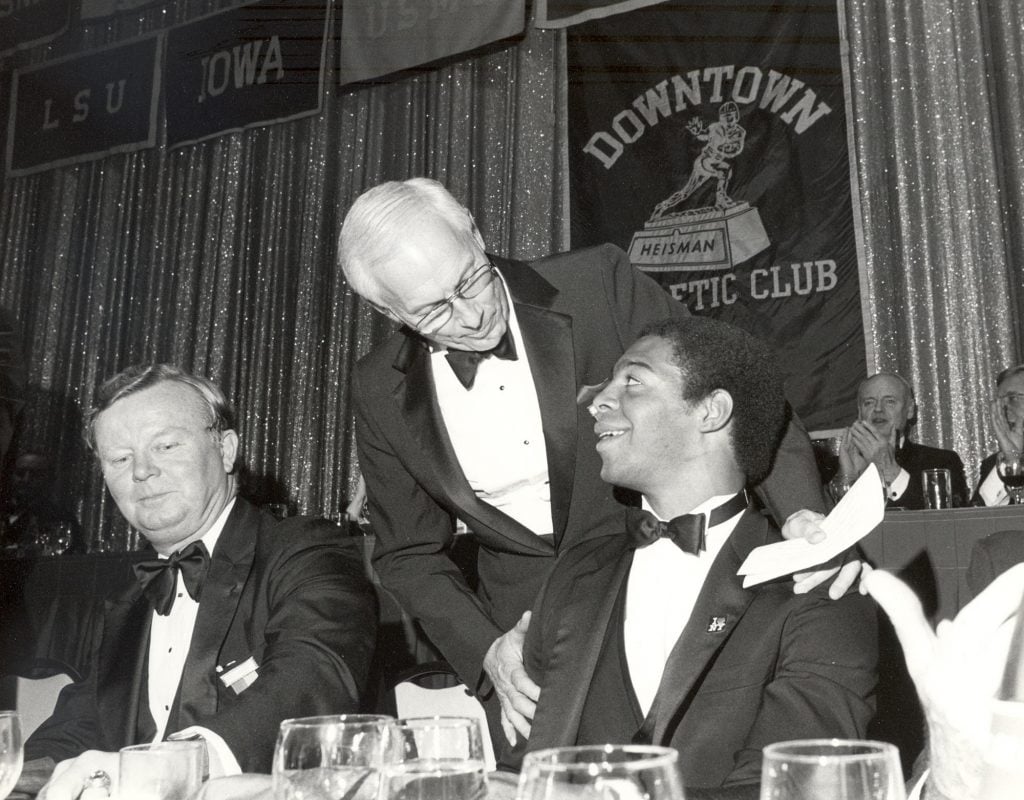
1981: Live from New York
USC’s Marcus Allen is the first Heisman winner to have his announcement broadcast on live television, courtesy of ABC.
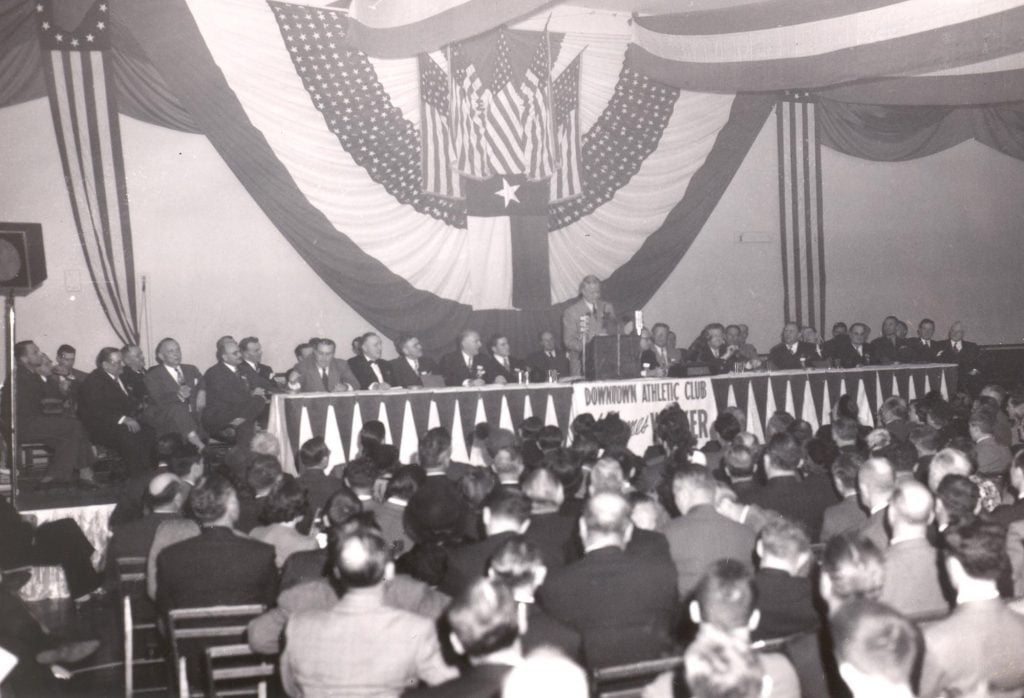
1982: The first finalists
For the first time, finalists are invited to New York to take part in a live televised Heisman ceremony (broadcast by ABC). The Heisman finalists are Herschel Walker, John Elway and Eric Dickerson, though Elway did not attend.
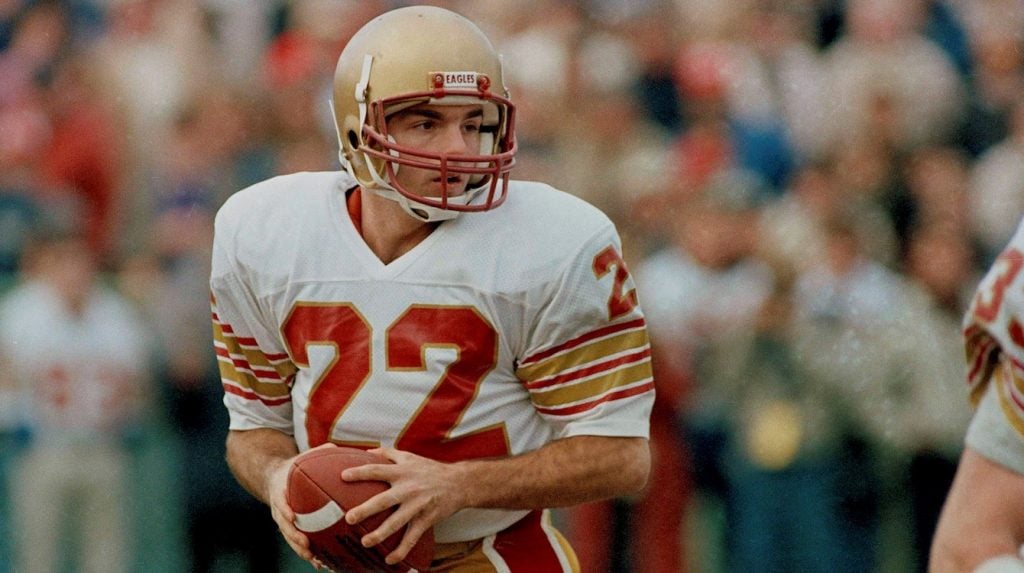
1984: The streak is broken
Boston College’s Doug Flutie becomes the first quarterback since Pat Sullivan in 1971 to win the Heisman, breaking a string of 11-straight running back winners.
1990s

1996: Gator to Gator
Florida head coach Steve Spurrier becomes the first Heisman winner to coach another Heisman winner when Danny Weurffel wins the award for the Gators.
1997: The Throwback
Michigan cornerback Charles Woodson becomes the first primarily defensive player to win the Heisman, though his all-around brilliance as a three-way player helps capture the imagination of Heisman voters.
2000s

2001: 9/11 changes everything
Following the tragic events of September 11, 2001, the Heisman presentation is moved to the New York Marriott Marquis in 2001. In 2002 and 2003, it moves to the Yale Club of NYC. In 2004, the announcement is held at the New York Hilton and, in the following year, 2005, the Heisman event is moved to the recently renovated Nokia Theatre (now the Playstation Theatre) in the center of the Broadway Theater district in Times Square.
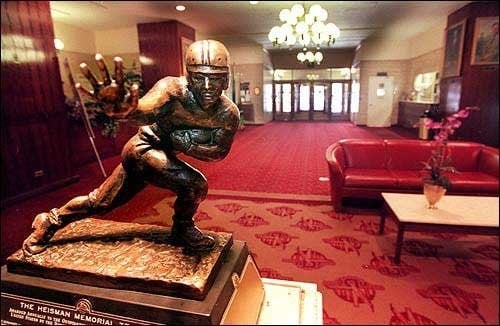
2006: The Heisman Trust is born
Following the closing of the Downtown Athletic Club in the aftermath of the 2001 terror attacks on Lower Manhattan, the Heisman moves to a charitable trust dedicated to promoting the causes of amateur athletics and underserved youth.
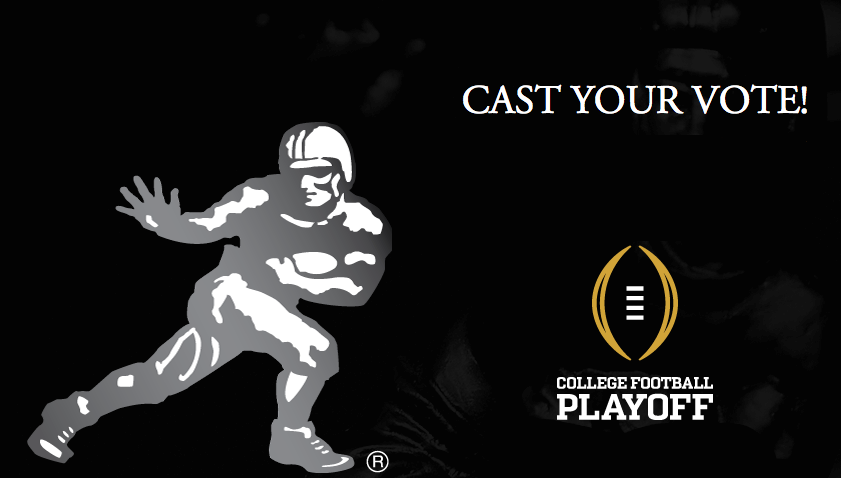
2007: Online Heisman voting dominates
The Heisman vote moves primarily to an online ballot. By 2009, all Heisman ballots are required to be submitted online, giving all voters a chance to hold their votes until the final regular season game has been played.
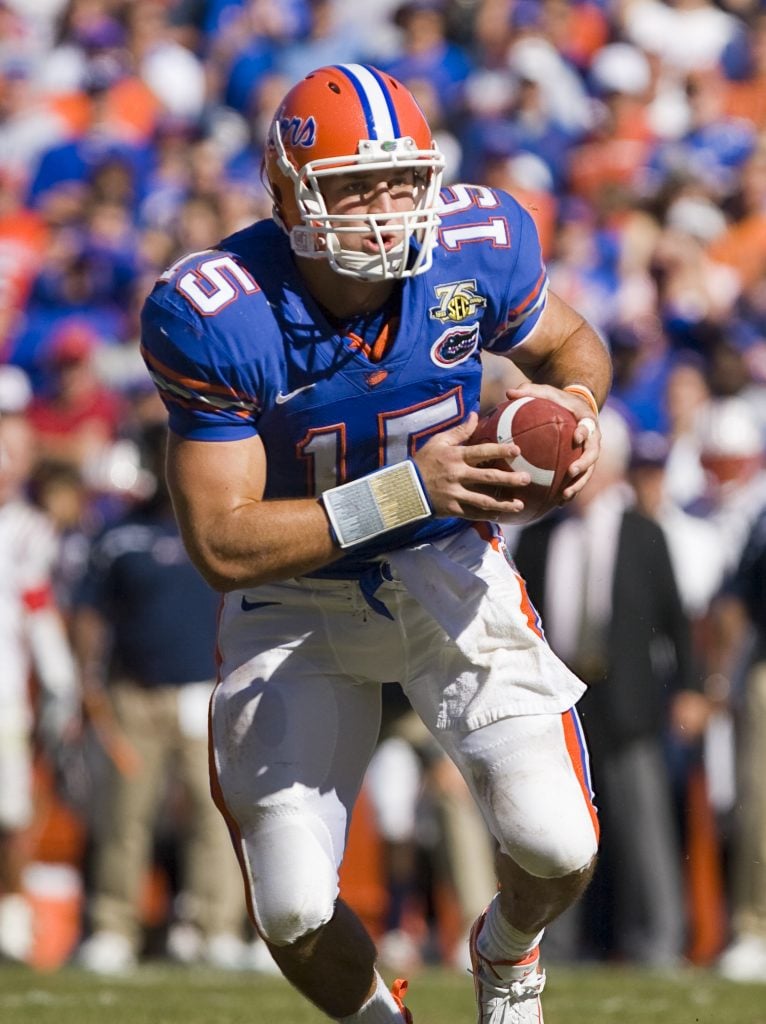
2007: Super Soph!
Florida quarterback Tim Tebow becomes the first sophomore to win the Heisman. He is the first of three-straight sophomores to win the award from 2007-2009.
2010s
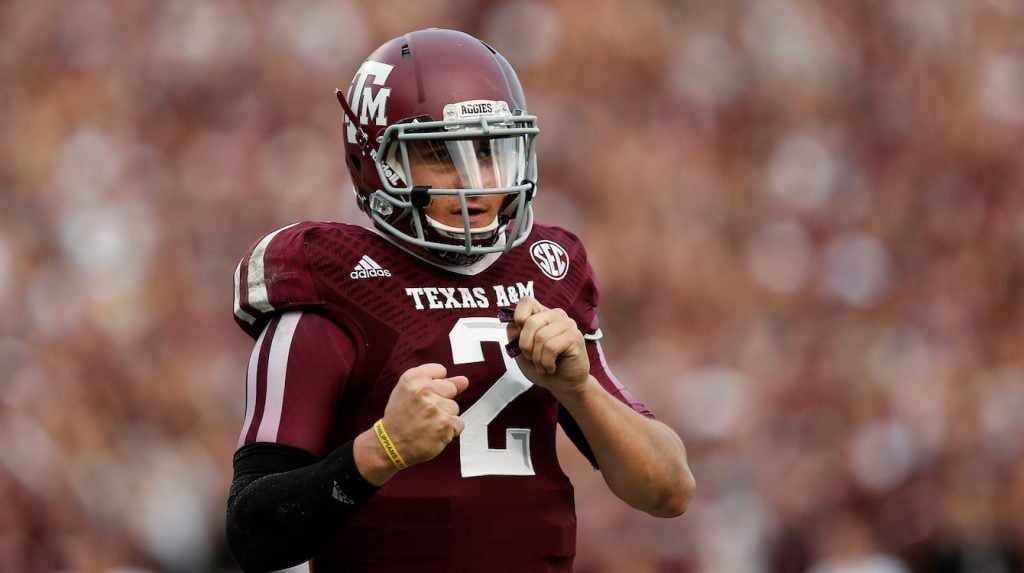
2012: Fantastic Frosh!
Texas A&M quarterback Johnny Manziel becomes the first redshirt freshman to win the Heisman. He is followed as the Heisman winner the next season by Florida State redshirt freshman quarterback Jameis Winston.
2015: Non-seniors reign supreme
Junior Alabama running back Derrick Henry becomes the ninth-consecutive non-senior to win the Heisman.
